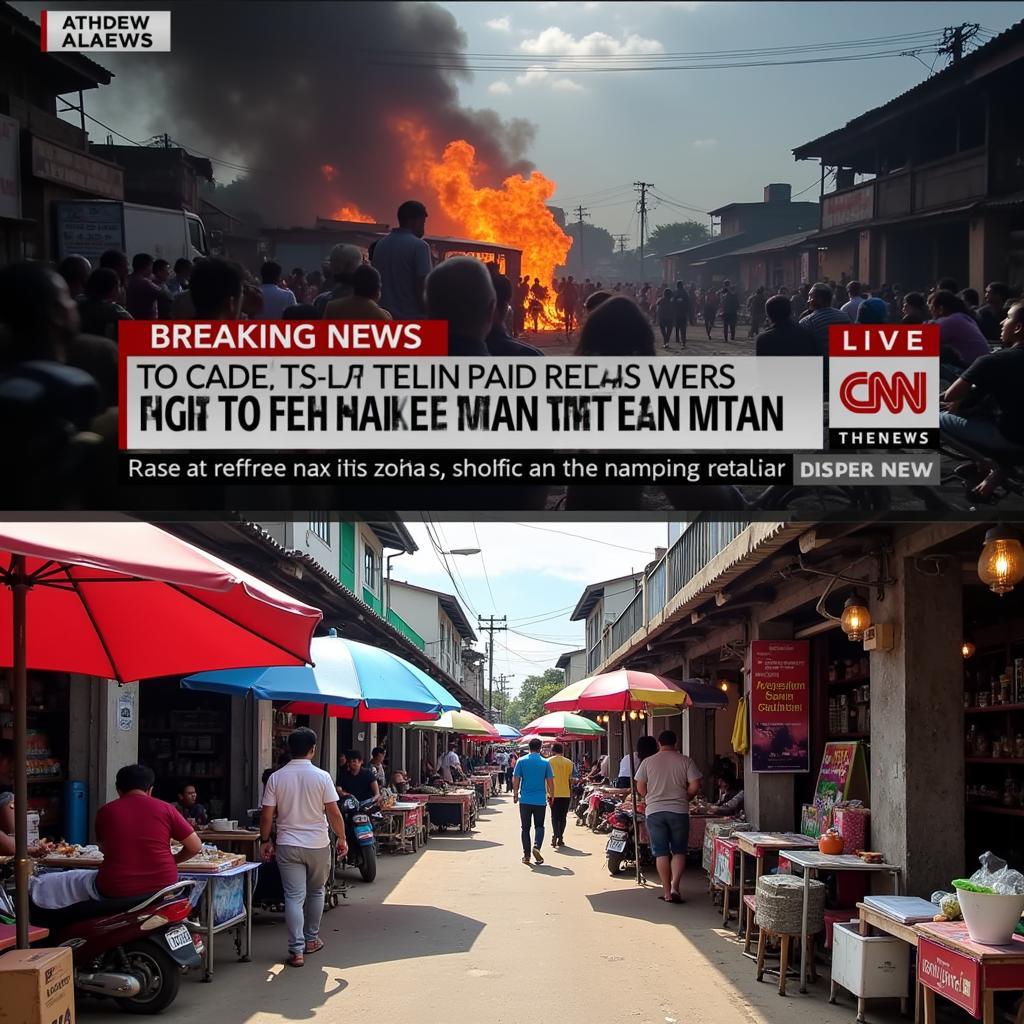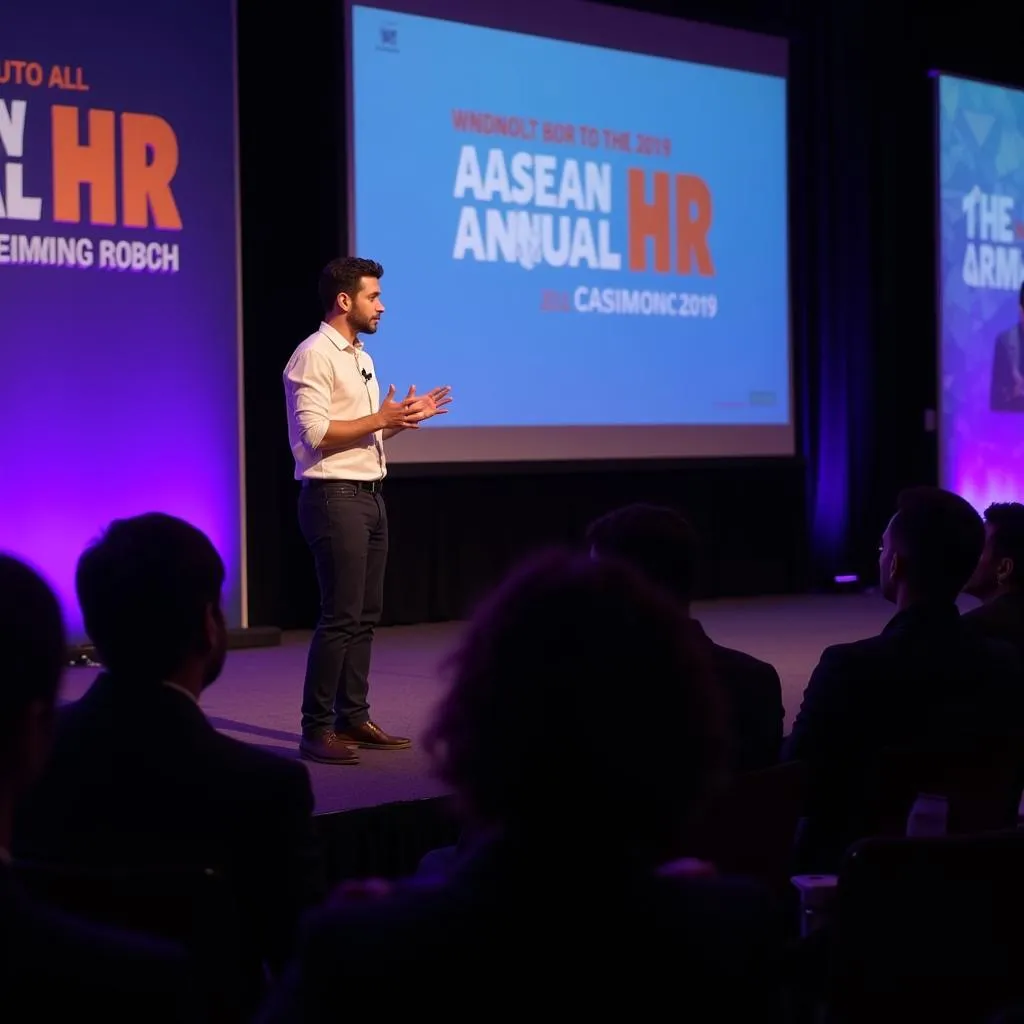The term “southeast asian bloodlust” is a loaded phrase, conjuring up images of violence and savagery. It’s crucial to dissect this misconception and understand the complex realities of Southeast Asia, a region rich in diverse cultures, histories, and experiences. This article aims to debunk the harmful stereotype of inherent violence in Southeast Asia and explore the factors that may contribute to such a misrepresentation.
Deconstructing “Southeast Asian Bloodlust”: A Harmful Stereotype
The notion of “southeast asian bloodlust” is not only inaccurate but also deeply offensive. It reduces the diverse populations of Southeast Asia to a single, simplistic, and negative characteristic. This stereotype ignores the rich tapestry of peaceful traditions, spiritual practices, and community values that thrive throughout the region. It’s important to remember that violence, when it occurs, is often a product of specific circumstances, not an inherent trait of any population.
One of the key factors contributing to this misrepresentation is the media’s tendency to sensationalize conflict and violence. News outlets often focus on exceptional events, creating a skewed perception of reality. This can lead to the generalization of isolated incidents to entire populations, perpetuating harmful stereotypes.
 Media Portrayal of Southeast Asia and Violence
Media Portrayal of Southeast Asia and Violence
Another factor is the historical narrative surrounding Southeast Asia. Colonial narratives often depicted indigenous populations as “savage” and “uncivilized,” justifying colonial rule and exploitation. These historical biases continue to influence perceptions of the region today.
Historical Context and the Perpetuation of the Myth
The history of Southeast Asia is complex, marked by both periods of peace and conflict. However, attributing violence to an inherent “bloodlust” is a dangerous oversimplification. Colonialism, political instability, and economic disparities have all played a role in shaping the region’s history. It’s essential to understand these historical contexts to avoid perpetuating harmful stereotypes.
For example, the Vietnam War, while a tragic conflict, should not be seen as representative of the entire region’s character. The war was a result of complex geopolitical factors, not an expression of inherent Vietnamese or Southeast Asian violence.
The Diversity of Southeast Asia: Challenging the “Bloodlust” Narrative
Southeast Asia is a region of incredible diversity, encompassing a multitude of ethnicities, languages, religions, and cultural practices. From the bustling cities of Singapore and Bangkok to the tranquil rice paddies of Vietnam and the ancient temples of Cambodia, the region offers a kaleidoscope of human experience. Reducing this diversity to a single, negative stereotype is a gross injustice.
What are some common misconceptions about Southeast Asia?
One common misconception is the homogenization of the region. People often lump all Southeast Asian countries together, ignoring the distinct cultures and histories of each nation. Another misconception is the portrayal of Southeast Asia as perpetually underdeveloped and conflict-ridden. While some countries face challenges, the region also boasts significant economic growth and development.
How can we challenge these misconceptions?
Educating ourselves about the diverse cultures and histories of Southeast Asia is a crucial first step. Engaging with authentic voices from the region, rather than relying on biased media portrayals, can help us develop a more nuanced understanding. Supporting organizations that promote peace and understanding in Southeast Asia is another important way to challenge harmful stereotypes.
Conclusion: Embracing the Real Southeast Asia
The concept of “southeast asian bloodlust” is a dangerous myth that perpetuates harmful stereotypes. By understanding the complex history, diverse cultures, and the role of media representation, we can challenge this misconception and embrace the true richness and complexity of Southeast Asia. Let’s move beyond simplistic narratives and engage with the region in a way that celebrates its diversity and promotes understanding.
FAQ
- What are the main reasons for the “southeast asian bloodlust” stereotype?
- How does media representation contribute to this misconception?
- What are some examples of cultural diversity in Southeast Asia?
- How can we challenge the negative stereotypes surrounding the region?
- What are some resources for learning more about Southeast Asia?
- How does understanding history help debunk the “bloodlust” myth?
- What are some positive aspects of Southeast Asian culture that are often overlooked?
Need support? Contact us 24/7 at Phone: 0369020373, Email: [email protected] or visit us at Ngoc Lien Village, Hiep Hoa, Bac Giang, Vietnam.


